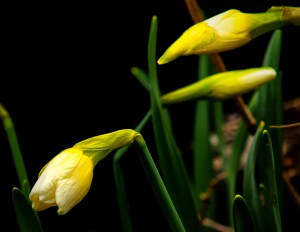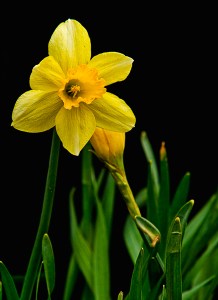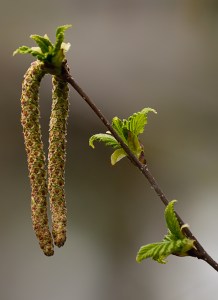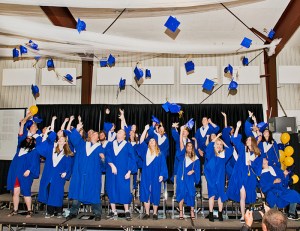October is the month of witches and ghosts and all things spooky. So when my friend Jo McAvany showed me a photo of a witch posing in the woods and said, “I want to do something like that, but with lots of witches” my enthusiastic reply was “great, what can I do to help”.
Jo started texting her friends asking them to wear spooky makeup and get black outfits that would fit the witchy theme and we made plans for where and how the photograph should be made.
Jo’s idea was to have a coven type scene and thought that including one male amongst the witches would be a good idea.
That would be closest to the writings of Margaret Murray in her 1921 work, “The Witch Cult in Western Europe”. According to her a coven consists of twelve witches and a devil as leader. A Coven is a group in which witches gather.
We didn’t get our twelve witches, but Jo was happy that there were eight women were willing to get dressed in black and make time to be photographed as witches.
I brought speedlights on stands and Jo had a flash trigger on her camera. We originally had the idea to place one flash behind, but one flash wasn’t enough to illuminate everyone so we decided to use only two lights form the front. One placed was off to the side and another directly behind Jo with her camera. However, with many of the shots Jo just cranked the ISO and shot with the fading natural light.
For the later after dark photos where the only light was coming from witches holding candles we didn’t use a flash at all.
Jo did start by trying both a 14-24mm and 24-70mm, but ended up using the longer 70-200mm lens for most of her shots.
I mostly was moving the lights around and making sure they were connecting to the sender. I also wanted to take a few photographs of the participants getting ready and of Jo taking the group photos.
I did take some after dark photos of the witches holding candles on the beach. I used my 24-70mm.
Jo invited another photographer, Bob Clark, to join us. Bob showed up just as we were finishing, grabbed a light stand, put his flash on it, and whisked some witches off into the dark treed area to take pictures.
The photo session was defiantly a success with some good photos for all the participants to have. Everyone had worked hard to make the witchy Halloween theme.
I am thinking the group photo might make a good Halloween greeting card. Greeting card? Sure, send a friend a card that says, “Have a happy Halloween”.
Next time I want to use a lot more flashes and maybe have coloured gels. I might set some flashes out in my yard next week and try some lighting ideas. Now if I can just find a tiny witches hat and get one of my chickens to sit still while wearing it.












































